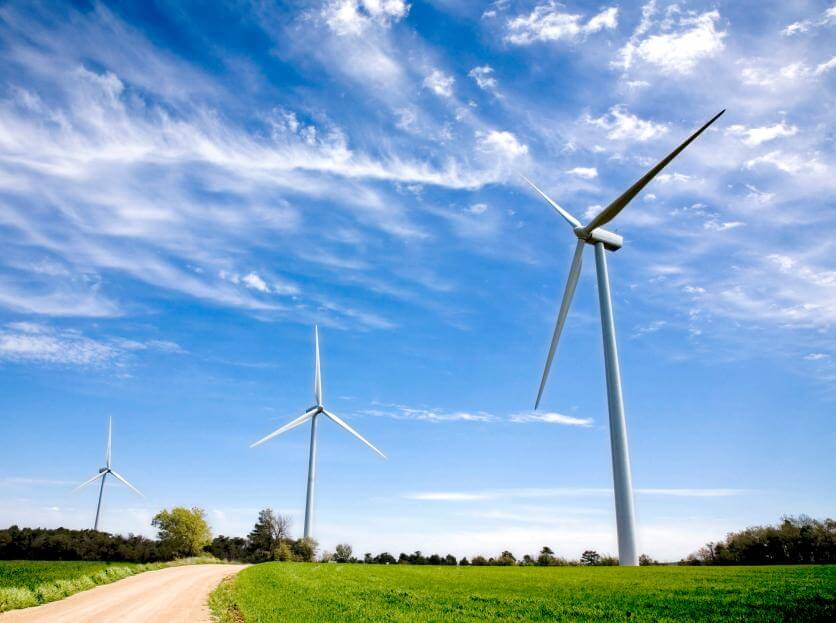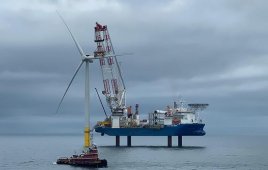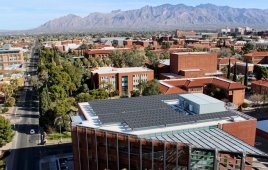This article comes from a report written by law firm Sherman & Sterling LLP.
Energy and infrastructure policy was as at the forefront of the presidential election discussion and has continued to be highlighted as a focus for the Trump administration. Here, we take an early look at how a Trump administration could affect the US energy and infrastructure sectors.
Renewables

Over the past eight years, wind turbines and solar panels have begun moving into states held by GOP politicians, lending renewable energy increasing bipartisan support in key geographic areas of the country.
- The current renewable energy industry continues to rely on tax credits for growth. The Production Tax Credit (PTC) is primarily utilized by the wind energy industry, while the Investment Tax Credit (ITC) is utilized by investors in both wind and solar. Predictability for these tax credits has been critical for future investment – for example, investment in wind has historically significantly slowed in past periods leading up to an expiration date.
- The FY16 Omnibus Appropriations Bill passed in December 2015 included the extension, step-down and, ultimately, phase-out of both the ITC and the PTC. Despite the phase-out, the renewal of the ITC and PTC programs is expected to spur new investment into the 2020s.
- The advent of the new administration, at a minimum, plays a role in creating a degree of uncertainty around the previously assumed stability of the tax credits. While Congress has the power to repeal the credits, including as part of a comprehensive tax reform which has been discussed by Mr. Trump, there are many factors that make major changes to the tax credits unlikely.
- Over the past eight years, wind turbines and solar panels have begun moving into states held by GOP politicians, lending renewable energy increasing bipartisan support in key geographic areas of the country.
- In 2008, just 12 U.S. House Republicans represented districts where utility-scale solar facilities are located; in 2016, the number has risen to 89.[1] In that same time span, the number of House Republicans with utility-level wind power facilities in their districts increased from 34 to 67.[2]
- In terms of the production capacity of wind power, the top states in 2015 were Texas, Iowa, California and Oklahoma.[3]The states opening the greatest number of wind power facilities between 2008 and December 2015 were Texas and Iowa (opening 74 and 60 wind facilities, respectively).[4] Since 2008, North Carolina has opened 281 solar-power facilities, second only to California.[5] In terms of state-by-state representation, Republican senators now represent approximately half of the top wind energy states and half of the top solar energy states.[6]
- There are, of course, Republicans and Republican organizations that oppose credits as an unfair subsidy. And while Mr. Trump has been a vocal opponent of President Obama’s executive actions on climate, Trump did not openly oppose the tax credits and even supported the wind credit, as phased out over the next years.
- On balance, the changeover of agency control at the IRS and Treasury could be more likely to have an effect on the ITC and PTC. Treasury and IRS have the ability to affect the implementation of the credits, by issuing guidance on their use. However, these changes in guidance cannot alone repeal the credits.
- Another potentially powerful factor to consider is the effect of Mr. Trump slashing corporate tax rates from 35% to 15%. If corporations have a drastically lower overall tax liability, there could be less need for corporations to engage in tax-equity investments to round up offsetting credits. While, in the past, demand for tax-equity outpaced supply, the tax-equity investment market in renewable energy could lose momentum at a time when wind and solar projects are expected to require approximately $56.2 billion over the next four years. [7] Those in the industry expect that demand will not fall so much that tax-equity will run dry, but investors should keep an eye on this space.
For the rest of the report and observations on other energy sectors: https://goo.gl/lx96ej
Filed Under: Policy




